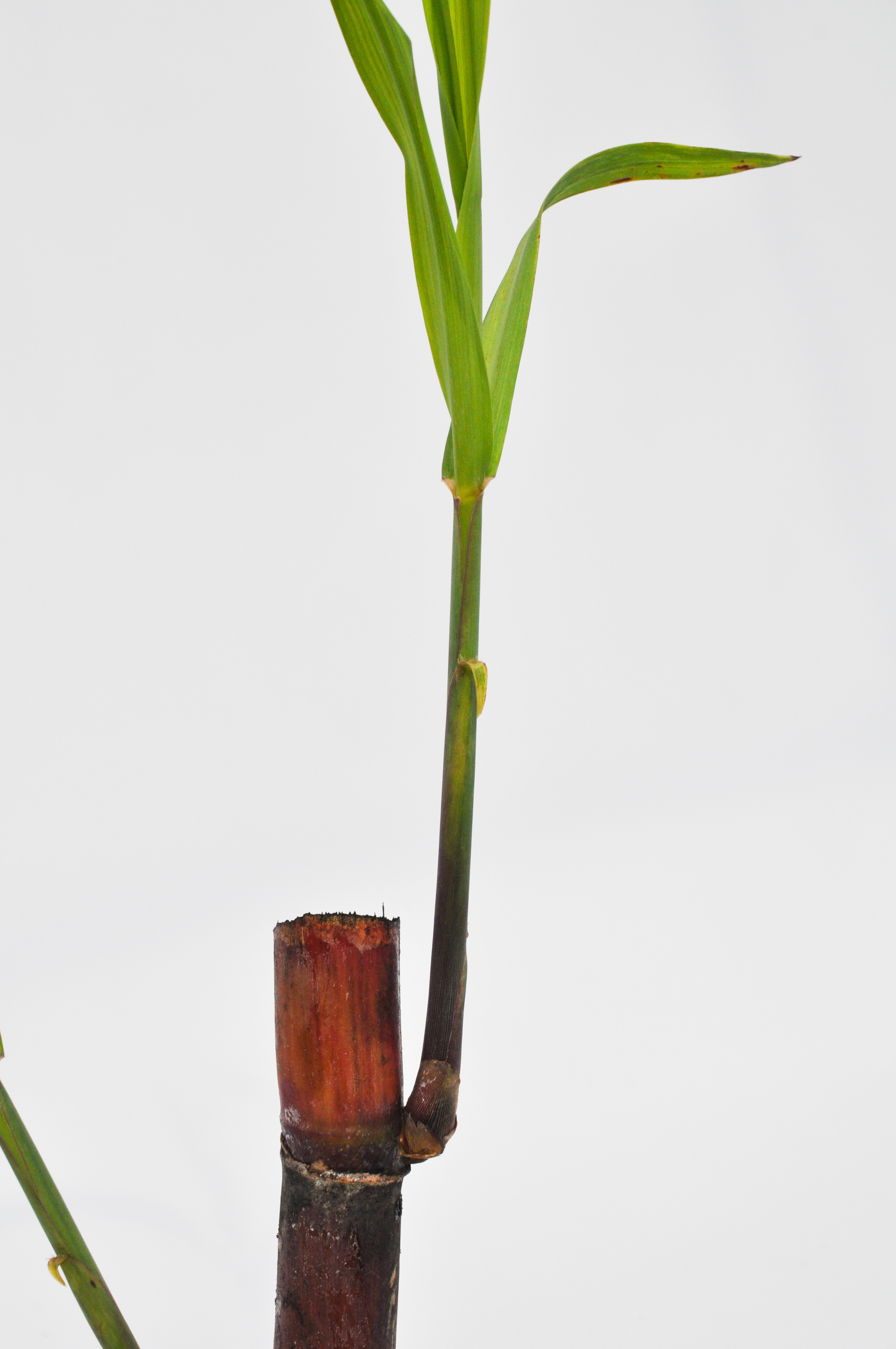A Closer Look at Sugar and Cane in the Global Food Industry
A Closer Look at Sugar and Cane in the Global Food Industry
Blog Article
Why Walking Cane Sugar Handling Chemicals Are Vital for Modern Sugar Refining
The function of walking stick sugar processing chemicals in contemporary sugar refining can not be overemphasized, as they are indispensable to boosting both the effectiveness of removal and the overall top quality of the last item. Agents such as phosphoric acid and certain flocculants are used to eliminate contaminations, resulting in sugar that not just satisfies customer expectations yet also complies with market standards. The effects of these chemicals prolong beyond high quality, touching upon market dynamics and environmental considerations. sugar and cane. This increases crucial concerns about the sustainability of such techniques and their effect on the future of sugar manufacturing.
Function of Handling Chemicals
The efficiency of cane sugar processing pivots significantly on the critical application of handling chemicals. These chemicals play a pivotal duty in boosting the efficiency and quality of sugar extraction and refining. From the initial stages of juice extraction to the last purification actions, handling chemicals assist in various important procedures.
In the extraction phase, chemicals such as phosphoric acid and calcium hydroxide are utilized to maximize the explanation process, aiding to get rid of impurities and suspended solids from the cane juice. This not just improves the return yet also makes certain the clarity of the end product. Furthermore, representatives like flocculants aid in the rapid settling of pollutants, therefore enhancing the general procedure.
As the processing developments, chemicals are made use of in decolorization and condensation stages. Triggered carbon and ion exchange materials serve to get rid of shade and smell, guaranteeing that the refined sugar satisfies consumer top quality requirements. Eventually, the duty of handling chemicals expands past operational performance; they dramatically affect the sensory characteristics of the end product, adding to market competition. Thus, the precise selection and application of these chemicals are vital for accomplishing ideal outcomes in walking cane sugar handling.
Key Kinds Of Chemicals
Walking stick sugar handling counts on a selection of vital chemicals that assist in each stage of production. These chemicals play vital functions in making clear, bleaching, and detoxifying the sugar drawn out from cane.
One key category of chemicals consists of flocculants, such as polyacrylamide, which aid in the clarification procedure by advertising the gathering and settling of impurities. In addition, calcium hydroxide is usually used to reduce the effects of level of acidity and assist in the elimination of non-sugar parts.
Whitening agents, such as turned on carbon and sulfur dioxide, are utilized to decolorize the syrup, causing a more clear end product. These chemicals assist get rid of color substances that may influence the sugar's appearance and marketability.
Furthermore, phosphoric acid functions as a pH regulatory authority throughout the handling phases, guaranteeing optimum problems for the enzymatic activities associated with sugar extraction and purification.
Other vital agents consist of edta (ethylenediaminetetraacetic acid), which chelates metal ions that could militarize unfavorable responses, and sodium hydroxide, which aids in pH control throughout the refining process. Jointly, these chemicals enhance performance and make sure a top quality walking cane sugar item.
Benefits for Sugar Quality
Typically overlooked, using specific handling chemicals dramatically improves the overall high quality of walking stick sugar. These chemicals play a critical duty in refining procedures, making sure that the end product satisfies rigorous market standards for purity and taste.

Additionally, processing chemicals aid in accomplishing a consistent granulation and texture, which are crucial for consumer approval. By controlling the crystallization procedure, these chemicals ensure that the sugar crystals develop uniformly, bring about a more enticing product that liquifies well in various applications.
Additionally, making use of these chemicals can boost the life span of walking cane sugar by decreasing dampness absorption and microbial growth. On the whole, the tactical application of handling chemicals is essential for supplying high-grade walking stick sugar that satisfies customer expectations and market demands.
Environmental Influence Considerations

Moreover, the energy-intensive nature of sugar refining, intensified by chemical usage, typically leads to increased carbon discharges. This informative post contributes to climate modification and raises issues concerning the sustainability of existing refining techniques. Furthermore, the sourcing of these chemicals may include practices that intimidate biodiversity, such as monoculture farming, which minimizes the durability of agricultural ecosystems.

To mitigate these influences, sugar refiners are significantly discovering sustainable options and adopting finest techniques that minimize chemical usage. Applying strenuous environmental administration systems can assist guarantee that the refining process straightens with environmental requirements and advertises biodiversity. Inevitably, a balanced technique that focuses on both sugar high quality and ecological stewardship is crucial for the long-lasting viability of the sugar industry.
Future Trends in Refining
As the sugar industry comes to grips with the environmental difficulties connected with conventional refining approaches, innovative methods are emerging to improve both performance and sustainability. One considerable pattern is the adoption of environment-friendly chemistry principles, which focus on using non-toxic, biodegradable handling chemicals. This shift not only lessens ecological effect yet also addresses consumer need for cleaner production techniques.
An additional appealing development is the application of sophisticated purification modern technologies, such as membrane layer separation and adsorption processes. These methods enhance the clearness and quality of the sugar while decreasing the quantity of wastewater created during refining. Additionally, the combination of electronic technologies, including IoT and AI, is transforming operational efficiency by enabling real-time monitoring and anticipating upkeep, thus reducing source waste.
Furthermore, making use of spin-offs from sugar refining, such as bagasse and molasses, is gaining traction. These products can be exchanged biofuels or value-added products, contributing to a round economic situation within the sector. Jointly, these trends signify a change in the direction of more sustainable practices that not just improve functional effectiveness however additionally straighten with global sustainability objectives, making sure the future feasibility of sugar refining.
Final Thought
Walking cane sugar handling chemicals are essential in modern sugar refining, considerably boosting the performance and quality of sugar removal. The tactical review use of these chemicals not just improves the purity and taste of the last product however additionally guarantees consistent formation and texture. As the sector progressively focuses on sustainability, the adoption of environmentally-friendly handling agents is likely to form future fads in refining, ultimately leading to higher quality items and expanded service life for customers.

Inevitably, a well balanced strategy that prioritizes both sugar quality and environmental stewardship is crucial for the lasting feasibility of the sugar market.
Walking stick sugar processing chemicals are crucial in modern-day sugar refining, dramatically enhancing the efficiency and high quality of sugar extraction.
Report this page